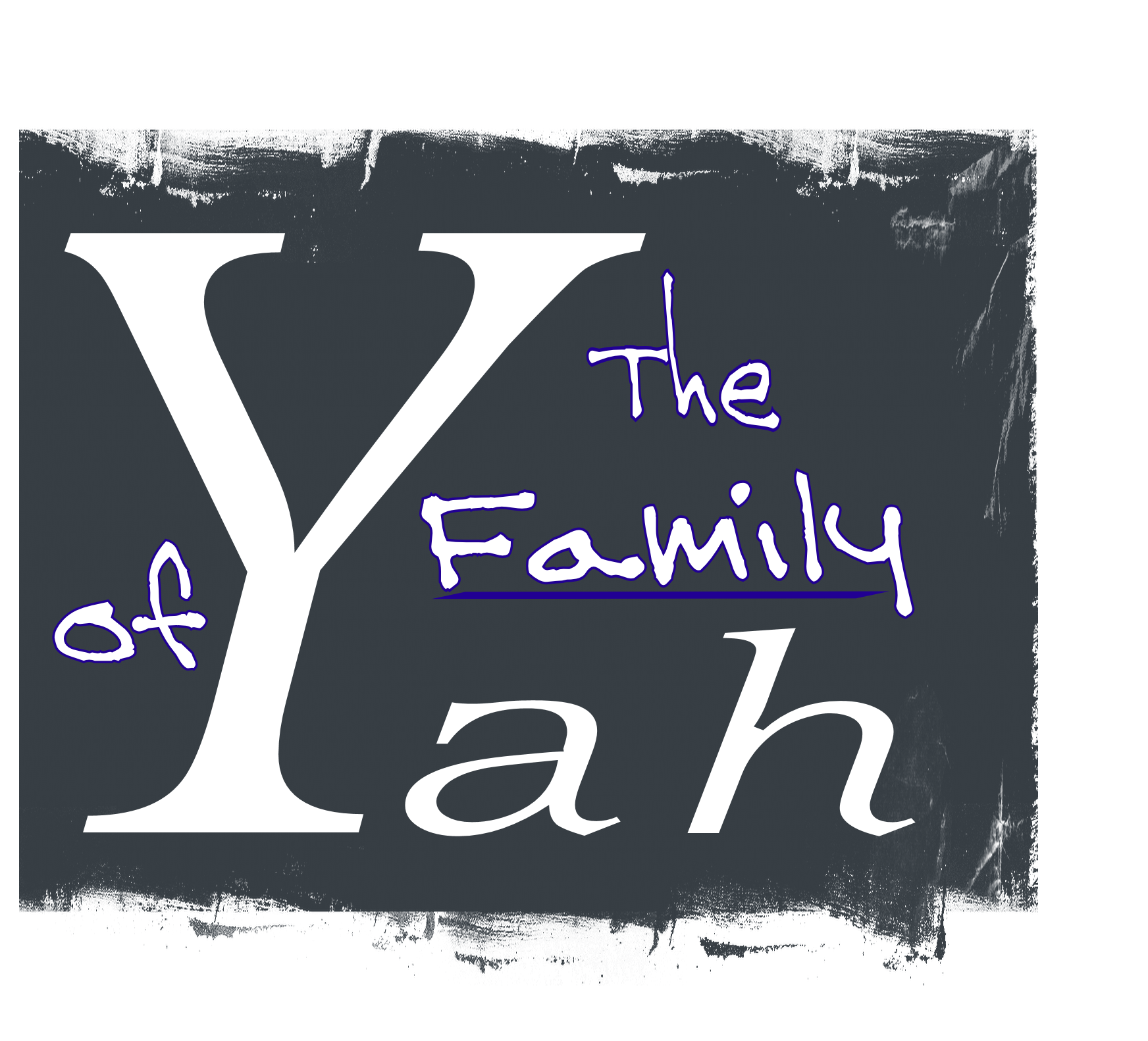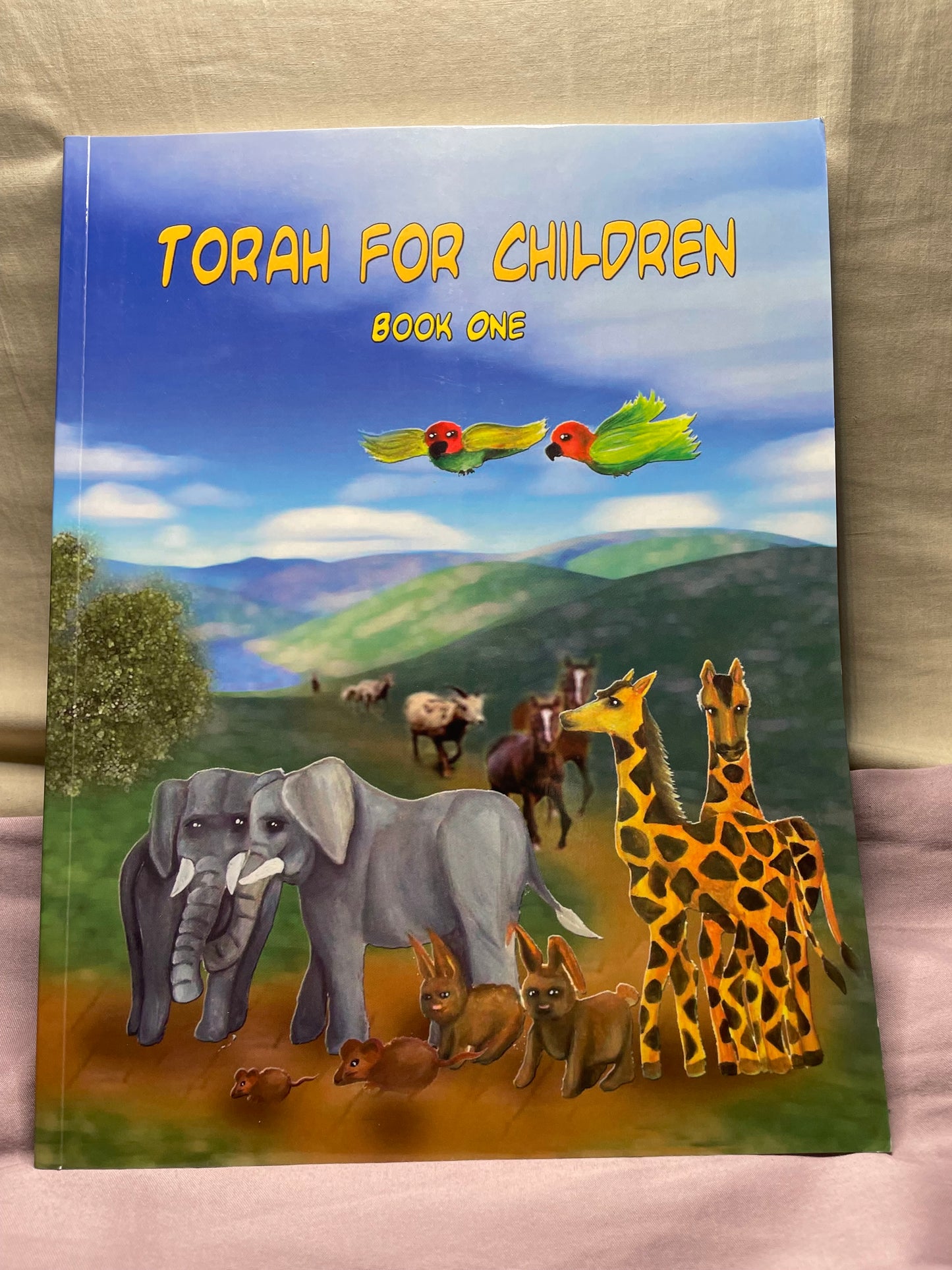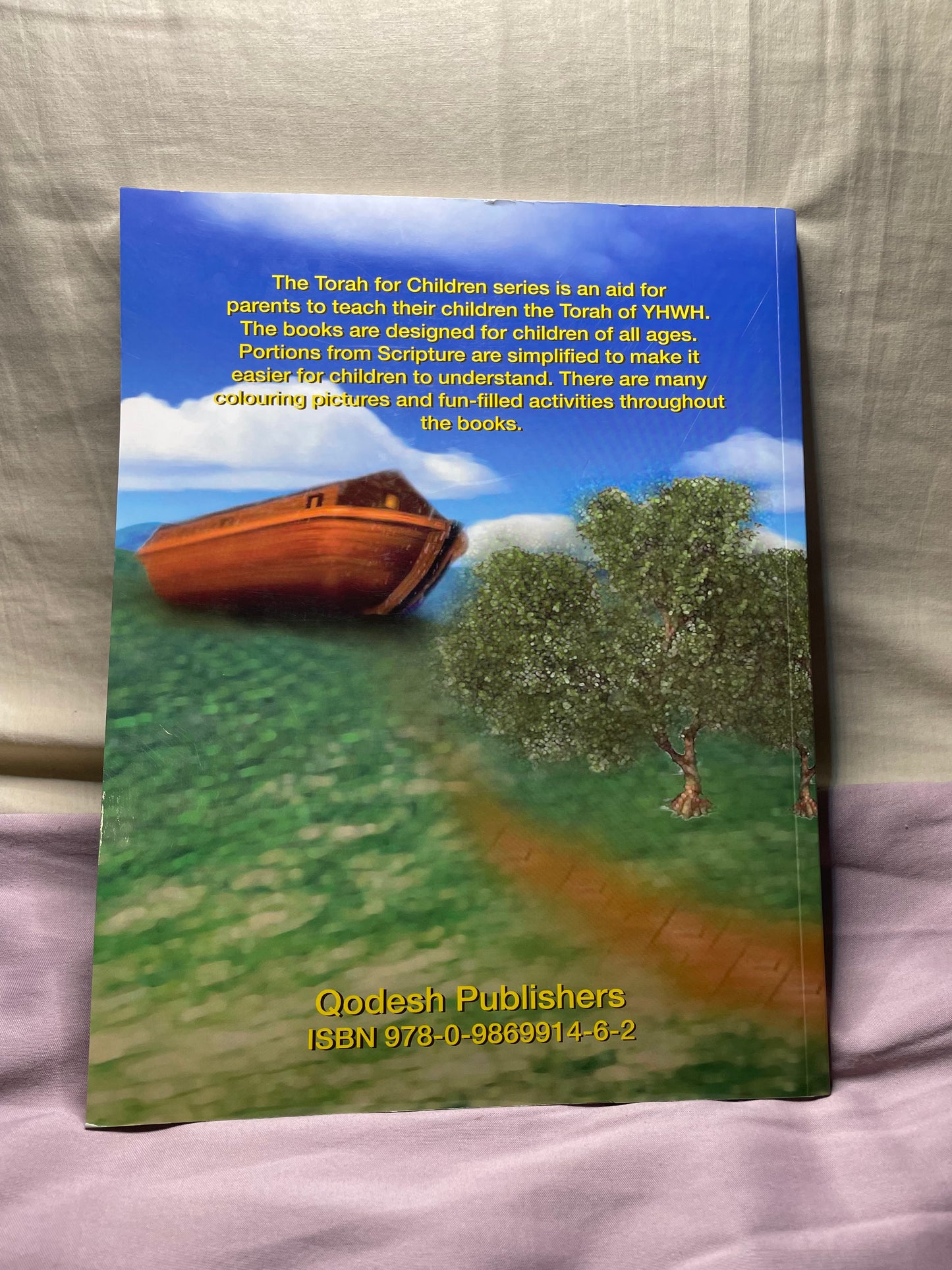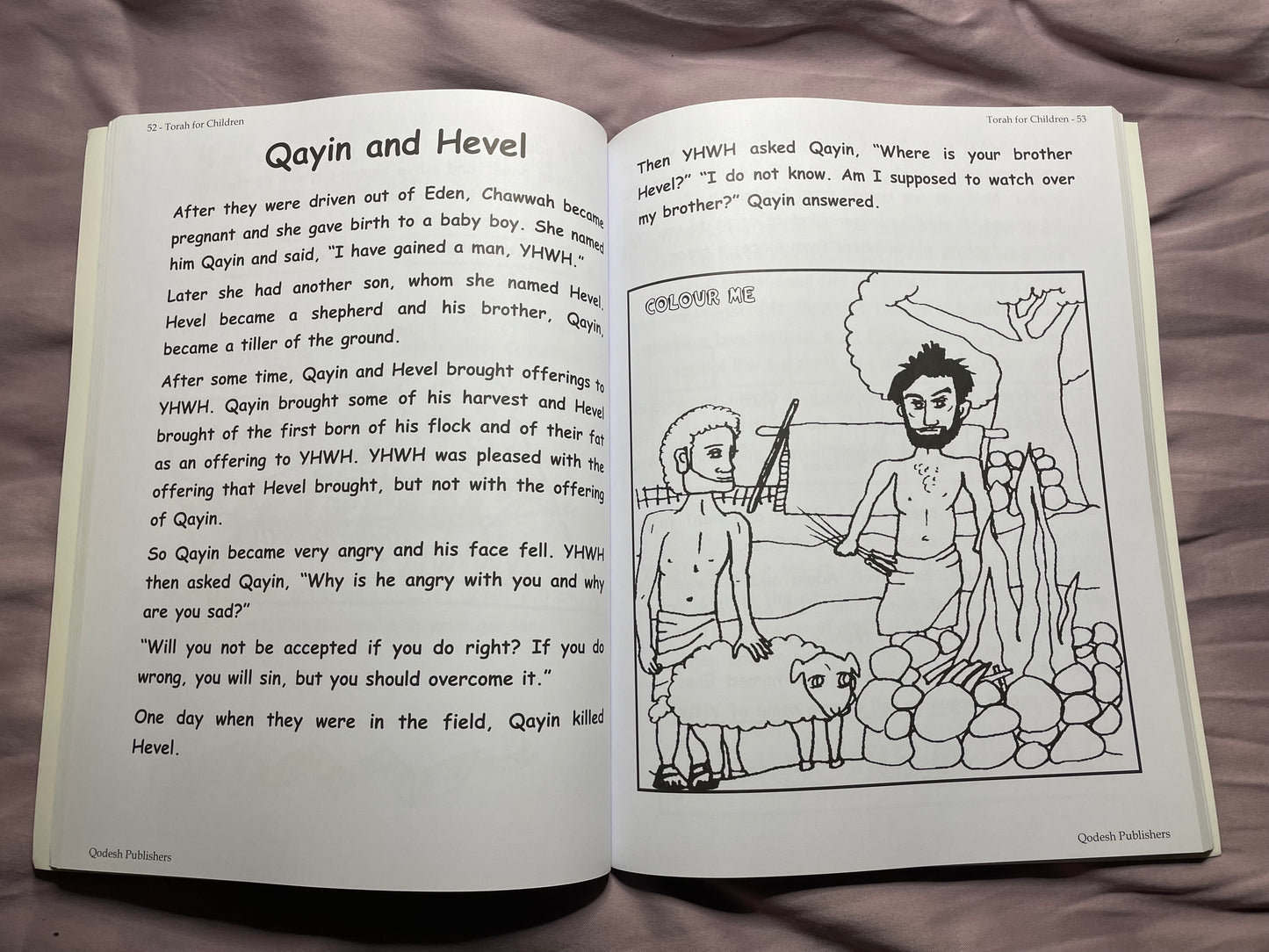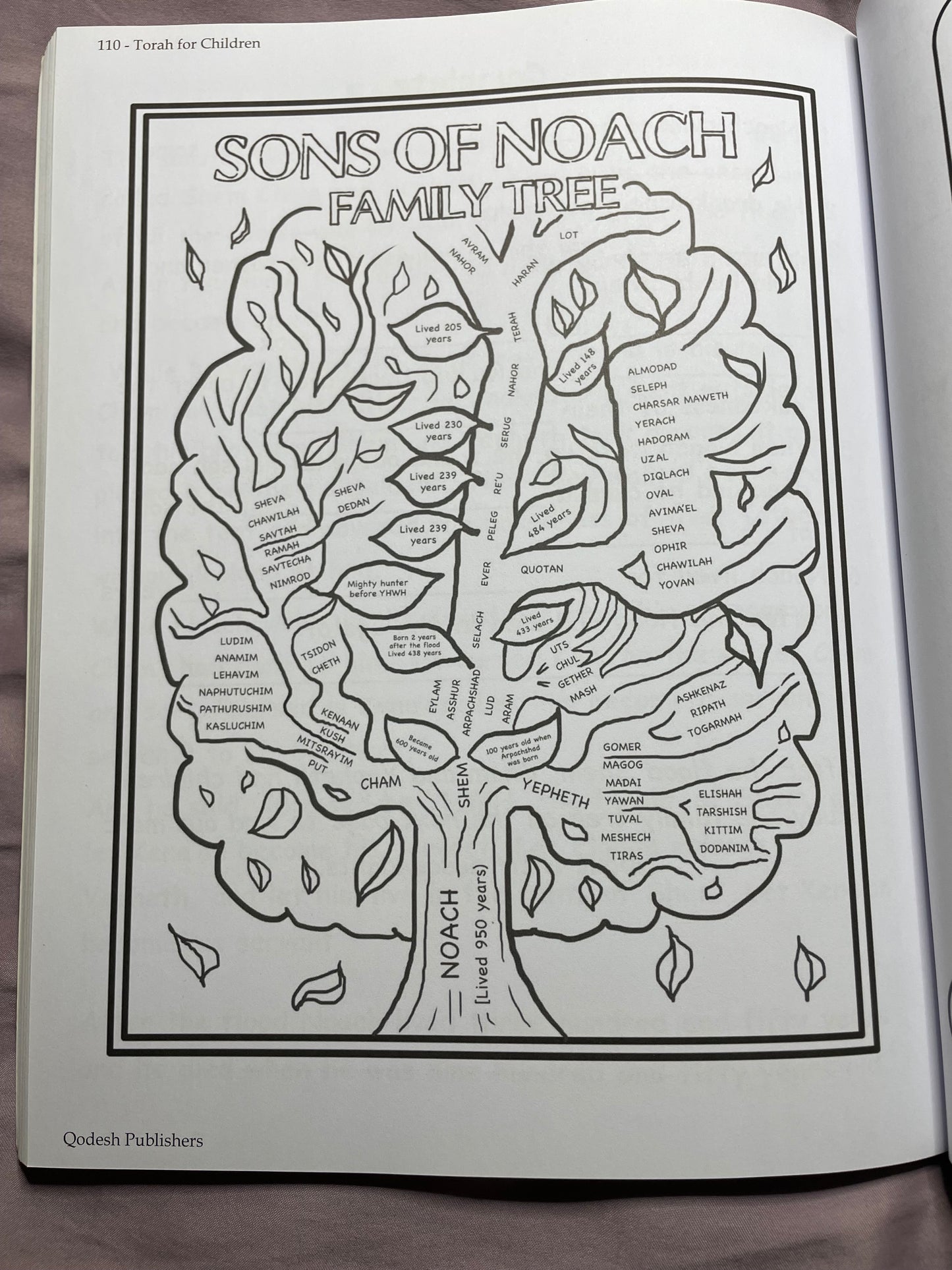Day
Hebrew #3117 – yom – יום
Webster’s Definition: the time of light between one night and the next
“And Elohim called the light “day” and the darkness He called “night.” And there came to be evening and there came to be morning, one day.” - Berĕshith (Genesis) 1:5
“And יהוה Elohim commanded the man, saying, “Eat of every tree of the garden, but do not eat of the tree of the knowledge of good and evil, for in the day that you eat of it you shall certainly die.”” - Berĕshith (Genesis) 2:16-17
“But his delight is in the Torah of יהוה, and he meditates in His Torah day and night.” - Tehillim (Psalms) 1:2
“…which I commanded your fathers in the day when I brought them out of the land of Mitsrayim, from the iron furnace, saying, ‘Obey My voice, and you shall do according to all that I command you, and you shall be My people, and I be your Elohim…’' - Yirmeyahu (Jeremiah) 11:4
But, beloved ones, let not this one matter be hidden from you: that with יהוה one day is as a thousand years, and a thousand years as one day.” - Kĕpha Bĕt (2 Peter) 3:8
Good morning! Good afternoon! Good evening… Good day!
Welcome back to Seed Bits Blog: W.O.W. Today, our subject is the word, day. If you missed last week’s W.O.W. on the word “night” I recommend checking it out first—these two studies go hand in hand.
The Hebrew word yom means day, daytime, workday. Much like the darkness, light was given a name—and that name is Yom. This word comes from an unused root meaning “hot,” which makes sense for the daylight hours in the Middle East. It most likely referred to the physical, visible daytime.
The “Day” Adam Died
In Genesis, the first couple was commanded not to eat from the tree of the knowledge of good and evil:
“…for in the day that you eat of it you shall certainly die.”

At first glance, this might sound like they had until midnight before dropping dead—like Cinderella at the ball, except with far more serious consequences. But that’s not what happened. Adam and Hava ate, and life went on… for a while. So what did יהוה mean?
The book written by Peter ,one of Yahusha’s disciples, gives us the key:
“With יהוה, one day is as a thousand years, and a thousand years as one day.”
Using Scripture to interpret Scripture, we can see that “in the day” wasn’t talking about a 24-hour cycle, but Yah’s time—1,000 years. Sure enough, Adam died at the age of 930, never reaching that “full” יהוה-day of 1,000 years.
Pictograph Meaning of “Yom”
The ancient Hebrew pictograph adds another layer of meaning:
- י (Yod) – right arm, strength or weakness, human will.
- ו (Vav) – nail, connection, or wedge for separating.
- ם (Mem) – water, peace, chaos, people.
Possible interpretations:
- The right arm of strength, connecting peace and people.
- The will of man separates him from the people of peace, creating a hole of chaos.
- In your weakness, seek peaceable company.
- Man’s hand stretched out, took hold of the chaos, separating him from peace.
In the Genesis account, that last image fits well—Adam and Hava reached out for what brought separation and chaos.
Final Thoughts
If we are children of light (Matt 25:34), we are called to live as yom—people of strength, connection, and peace. יהוה’s timeline may look very different from ours, but His call remains the same: walk in the light, refuse the chaos, and hold fast to the peace that comes from Him.
Be proud to be a Child of Light, with an Abba in heaven who loves you and cares for you (Matt 6).
Signing off
– IS
